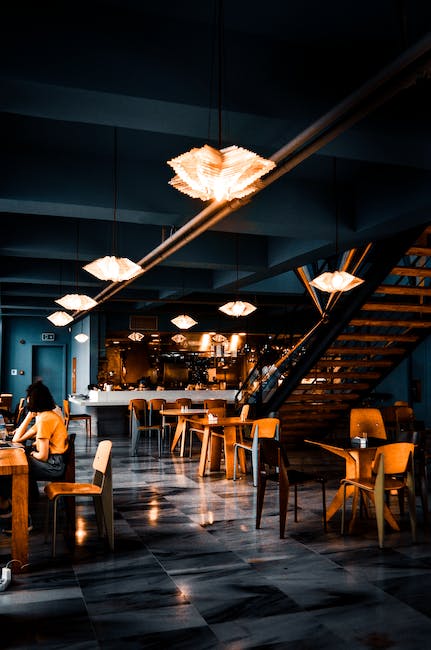From Classic to Contemporary: The Evolution of Dining Room Furniture Design Trends

From Classic to Contemporary: Exploring Dining Room Furniture Design Trends
The dining room, where we gather to share meals, commemorate special events, and engage in lively conversations has experienced significant transformation in its furniture design trends over time. From classic to contemporary designs, dining room furniture design has evolved along with changing lifestyles, tastes, and needs of its users.
In the past, dining room furniture was all about grandeur and formality. Think of Victorian-era dining room sets, with their elaborate carvings, dark woods, and luxurious fabrics – ornate carvings, dark woods and heavy fabrics all adding up to grandiose style! Dining tables often featured large and imposing seating arrangements with high-backed chairs surrounding a large table surrounded by high-backed chairs; sideboards were common as were china cabinets to display fine china and silverware for formal entertaining in this environment. This style made dining rooms the center stage for formal events!
However, as lifestyles became more casual so did dining room furniture. In the mid-20th century, there was a shift towards simpler yet more functional designs as lifestyles became less formal; modernist movements saw clean lines, lighter woods and an emphasis on form following function come into play; dining tables became smaller while chairs focused more on comfort than grandeur; sideboards often made way for buffets or hutches with reduced doors, and china cabinets disappeared as everyday dishes began replacing fine china in China cabinets.
Recently, dining room trends have seen another shift towards an eclectic, contemporary aesthetic. Modern dining room furniture allows individuals to express themselves freely through mixing styles, materials and colors; one might see rustic farmhouse tables mixed with mid-century modern chairs or sleek glass tables combined with vintage upholstered seats; rules have been abandoned in favor of creating spaces which reflect each person’s personal lifestyle and taste.
Modern dining room furniture has seen a trend towards multi-functionality in recent years. As homes shrink in size and open concept living becomes more prevalent, dining room furniture needs to serve multiple functions: tables double as workspaces while sideboards and buffets provide much-needed storage solutions; even simple chairs have seen their designs revised for optimal work sessions or lounging sessions.
Another noteworthy trend in dining room furniture design is the use of sustainable materials. As environmental concerns increase, more people are opting for dining room pieces constructed from reclaimed wood or other eco-friendly materials like recycled metal. Not only will this reduce environmental impact; but also creates an interesting personal flair in any dining space.
Regarding color trends, neutrals remain popular; however, more daring hues such as jewel tones like emerald green or sapphire blue as well as warm earth tones like terracotta or mustard yellow have recently made waves in interior decor trends. These bold yet vibrant hues can easily add a splash of personality through furniture such as chairs or table runners as well as decorative accessories.
Conclusion: Dining room furniture design trends from classic to contemporary reflect our shifting lifestyles and values. Today’s dining rooms reflect less formal entertaining and more personal expression, flexibility and sustainability – adapting to our needs whether that means hosting dinner parties, working from home, or simply relaxing over a quiet meal with loved ones. With so many styles, materials and colors to choose from, there has never been a better opportunity to design an individualistic dining space that truly expresses who we are as individuals.




